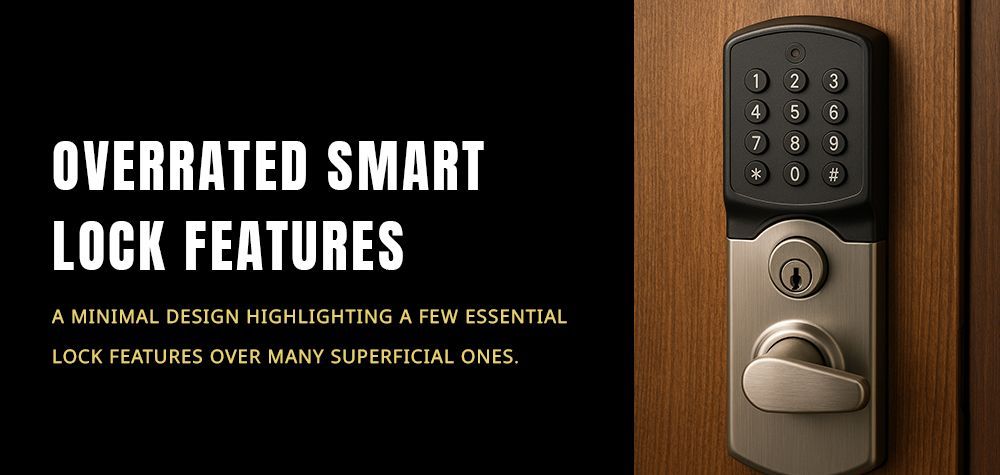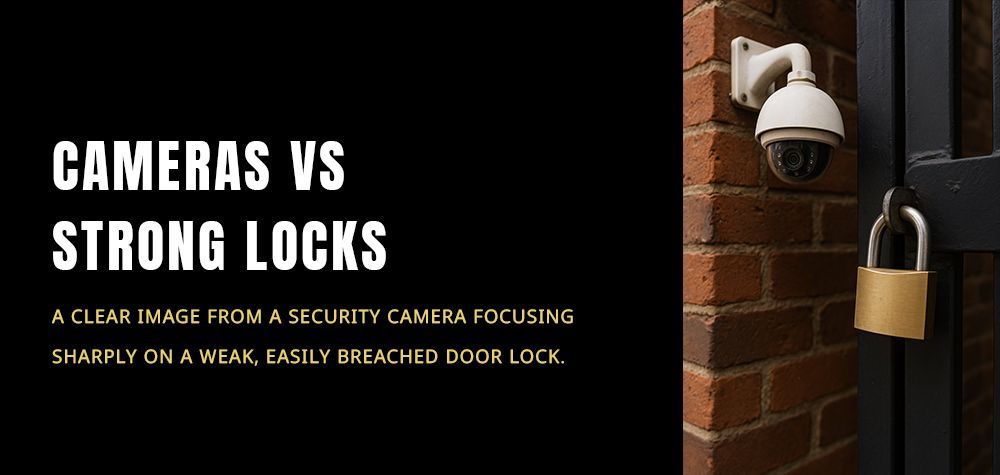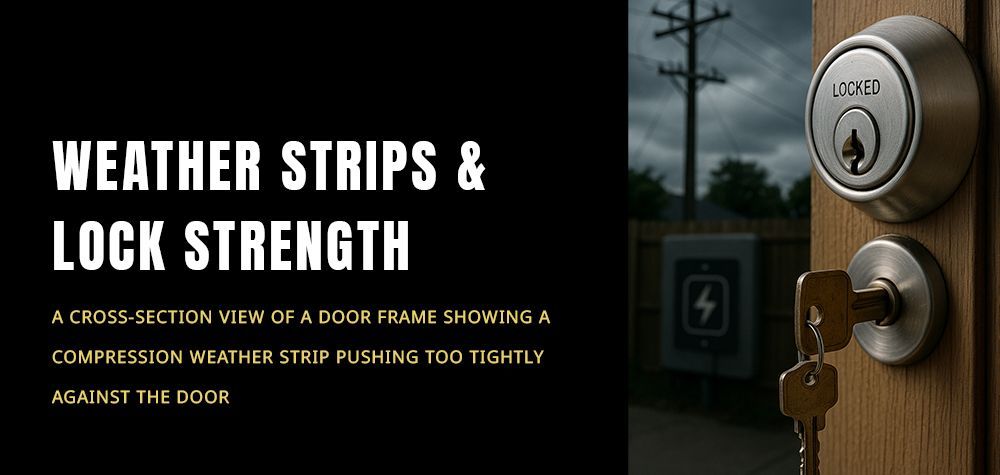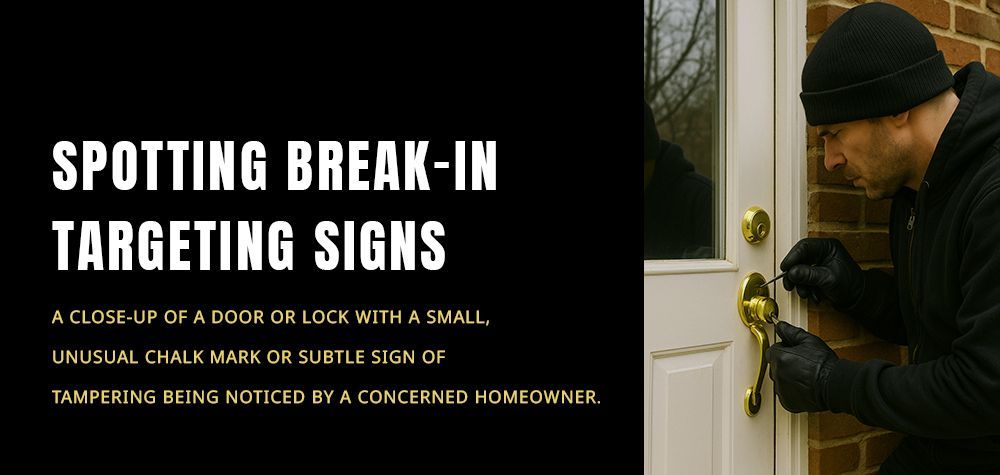How to Keep Your Home Secure While on Vacation
March 24, 2021

While reclining in a hammock, tropical drink in hand, the last thing you want to see is your phone lighting up with a notification from your security system or a frantic neighbor, alerting you that your home was broken into. Vacations are your time to unwind and let go — and pesky criminals have no right to drag you back into reality.
Luckily, there are ways to protect your abode from afar. If you’re aware of how burglars select their targets, you can take the precautions necessary to protect your home from unwanted attention. And when you know there’s nothing to worry about back home, it’s that much easier to relax on your hard-earned getaway.
Break-ins aren’t random: they’re the result of burglars scoping out a property over the course of days or weeks, looking for security gaps or signs of vacancy. It’s no wonder that burglary rates are highest during the summer months when most families leave their homes to go on vacation. After all, an empty home is a vulnerable one.
As such, burglars look for certain telltale signs of vacancy, including:
- Unkempt lawns
- Empty driveways
- Windows left dark for several days
- Overstuffed mailboxes and/or packages left sitting in doorways
If a burglar picks up on any of these hints — and notices that your home lacks a visible outdoor security system — your home is more likely to be targeted with each passing day. However, there are certain steps you can take to protect against break-ins while on vacation, though it requires some extra planning on top of your usual packing list.
Indoors:
- Lights with timers: Even if you’re thousands of miles away — and plan on being so for several weeks — it’s important to still give your home the appearance of being actively lived-in. Well-lit interiors accomplish this, lending the appearance of someone being inside. But you don’t need to worry about skyrocketing electric bills when securing your home: leaving the same lights on at all times can indicate absence too. In reality, it’s best to plug your lights into an automatic timer. These devices are cheap and can be purchased online — just be sure to set the timer to “random” so thieves can’t detect a pattern.
- Hide valuables: A common error many vacation-goers fall into is leaving their blinds or curtains open while away, effectively giving thieves a sneak-peek to your home’s valuables. To avoid this fatal misstep, be sure to darken your windows and stash any expensive items out of plain view.
- Stay off socials: Though it’s tempting to post a “beach vibezzz” snap of your Bhamama vacation unless you want to alert thieves that your house is sitting vacant, it’s best to leave the vacation recap until after you’re home safe. This is especially true if your profile handles use your full name: just like everything in life is now digital, modern thieves have taken to the internet to scope out the whereabouts of their potential targets. Your followers might be closer than you think.
- Lock up: This might seem obvious, but it doesn’t hurt to double-check every door, pet door, and window before leaving on vacation. In one survey, 56% of burglars said they entered a residence through the front or back doors, while 22% said they entered through a first-story window. Based on this information, it’s safe to assume that many households leave their doors unlocked out of forgetfulness
Outdoors:
- Keep the lawn tidy: As mentioned above, signs of negligence are the biggest giveaways of home vacancy. Your overgrown shrubs, unruly lawn, and wilting hydrangeas all reveal that no one has been around to tend to them for a while. If you’re only leaving for a short trip, consider mowing your grass and trimming up before you leave. But if your trip spans several weeks, it might be best to call on a good buddy or a close neighbor to care for your lawn in your absence.
- Take your spare key: Since thieves know all the common hiding spots for spare keys — doormats, potted plants, fake rocks — it’s strongly recommended you either take your spare key with you on vacation or hide it in a secure location inside. However, if you worry the little guy may get lost in the scramble to move luggage from one hotel to another, you could opt for a clever, nondescript stash spot like this .
- Hide mail and packages: Just like unkempt lawns can signal an absence, overflowing mailboxes, and unclaimed packages can show that no one has been around long enough to claim them. As such, it’s probably best to hit up that neighbor once again or have your local post office put a hold on your deliveries until you return.
- Security camera system: You may have a high-tech alarm system within your home (and, in our opinion, most homes should!) but nothing stops a thief in their tracks more than an outdoor security camera. Cameras not only record evidence and signal that your residence is under watchful surveillance but also alert you to any potential disturbance.
- Light your home’s exterior: Finally, just as you should keep your home’s interior well-lit, you should keep the surrounding yard lit with outdoor lights as well. Not only does this give your home the appearance of frequent activity, but it also shines a light on potential dark spots, making it all the more difficult for ne'er do wells to hide.
If you’re still concerned about your home’s safety, or you don’t know where to look for potential weak-spots, Brothers Locksmith security experts are here to help. Check out our free
Call Us Any Time!
Do deadbolts really improve home security? Explore the pros, cons, limitations, and expert insights from Brothers Locksmith to understand how much protection a deadbolt actually adds.
Discover the 7 home layout mistakes that make your house an easy target. Learn how lighting, doors, pathways, and design choices affect security—and how Brothers Locksmith helps fix hidden vulnerabilities.
“Old homes have charm—but often weak locks. Learn why older houses sometimes need commercial-grade locks, the risks of outdated hardware, and how Brothers Locksmith strengthens vintage doors safely.






